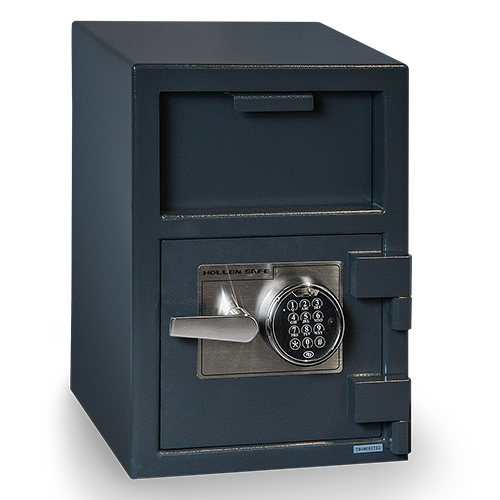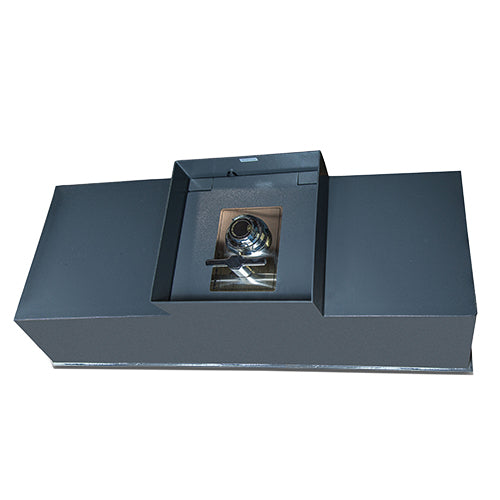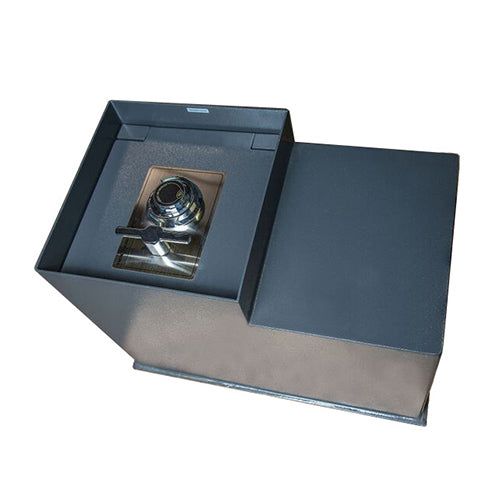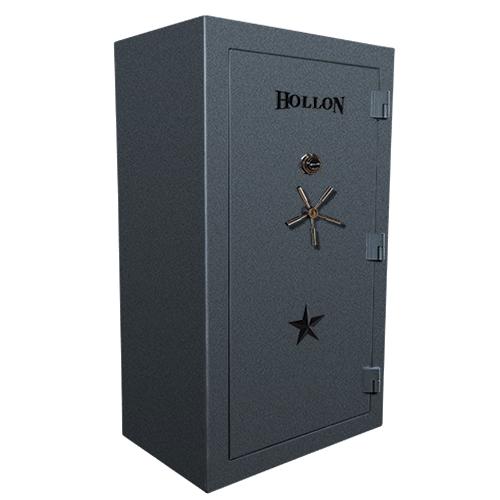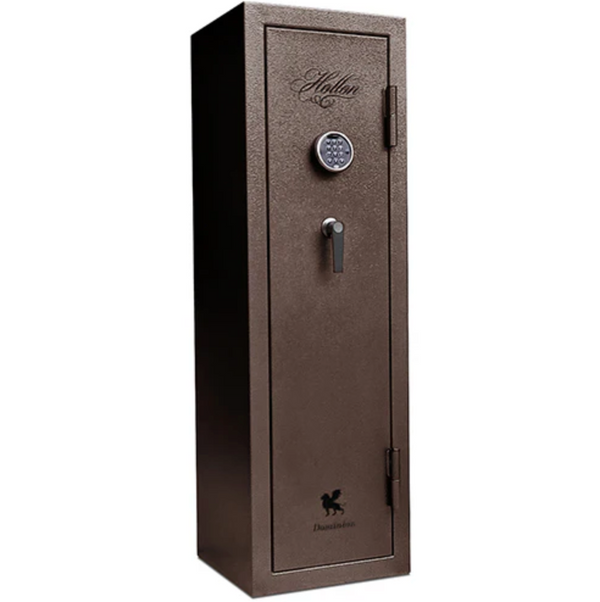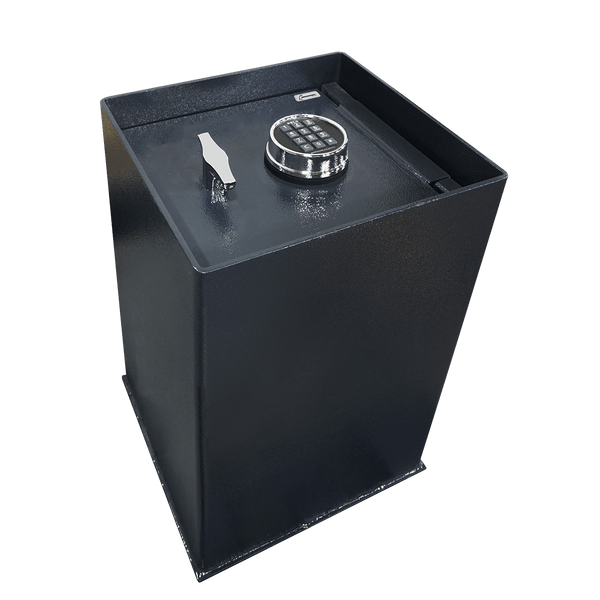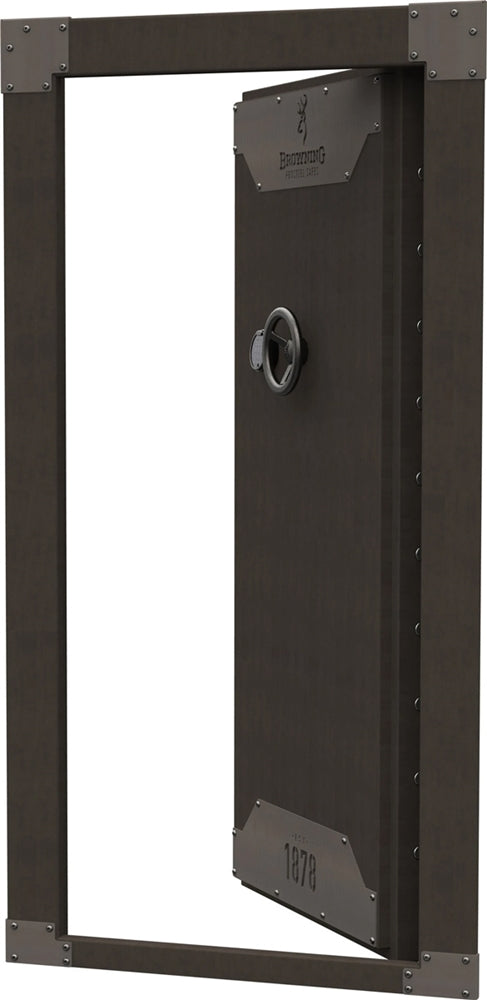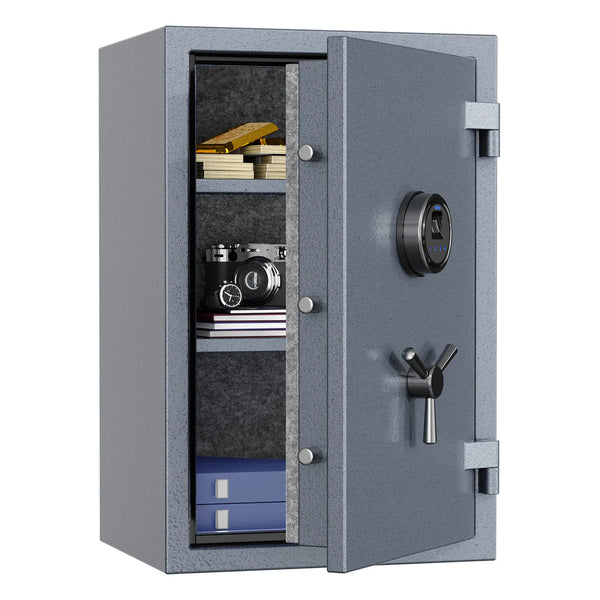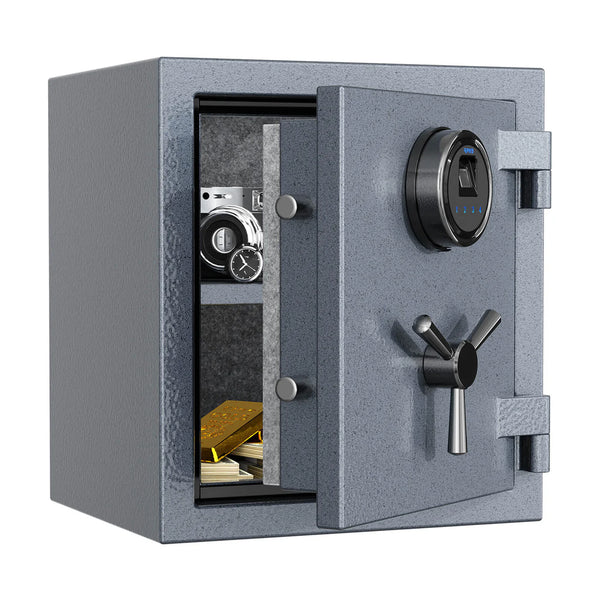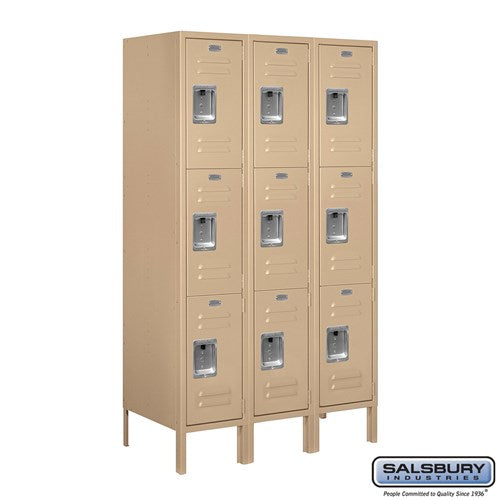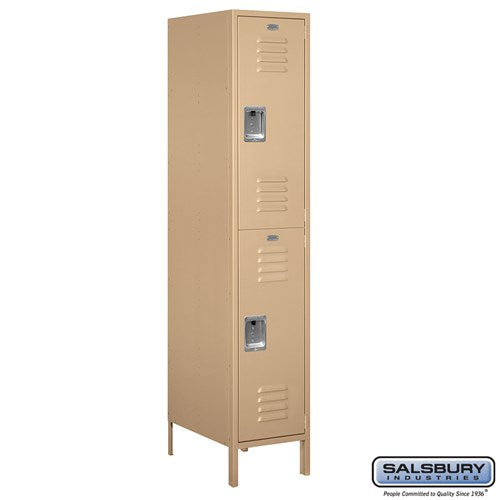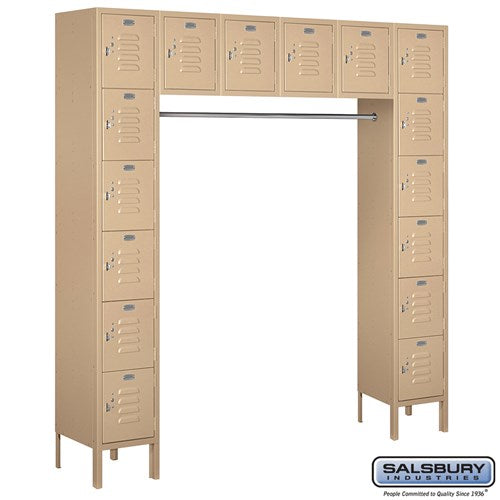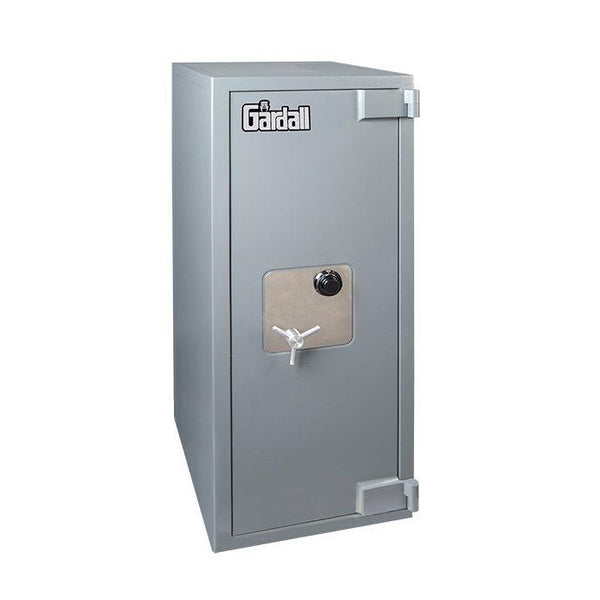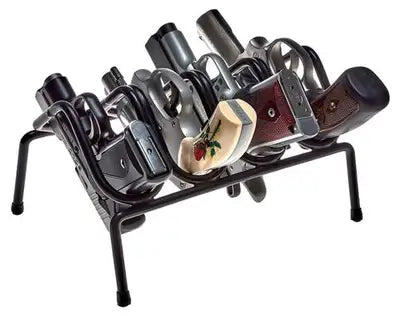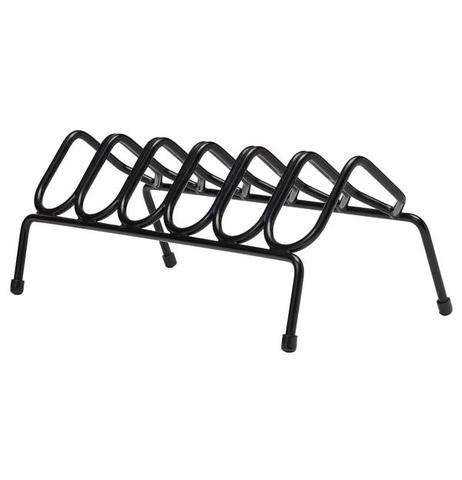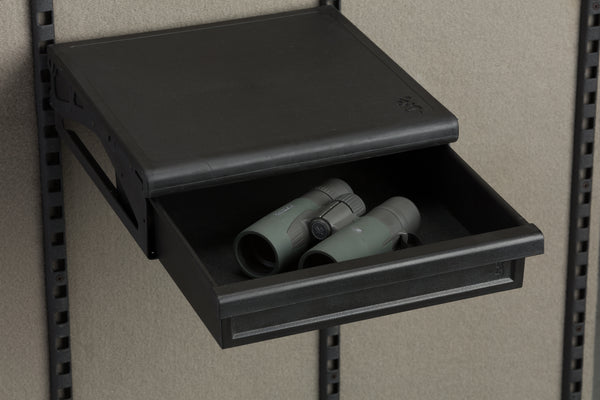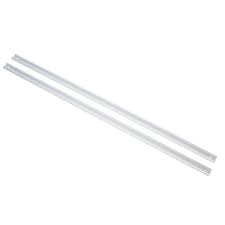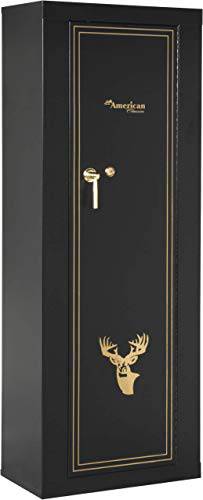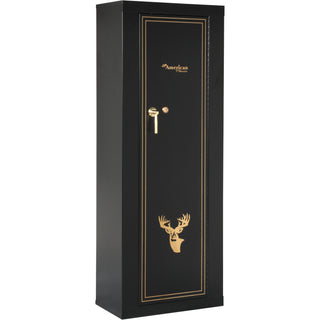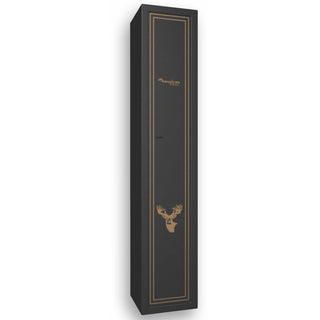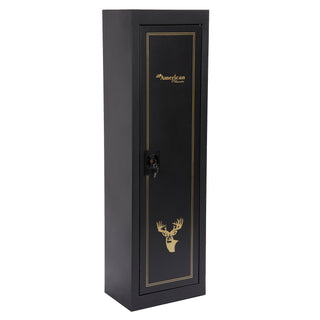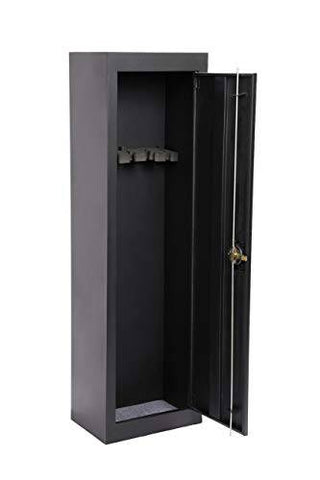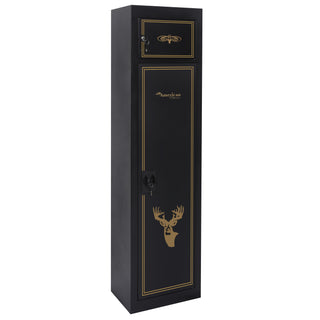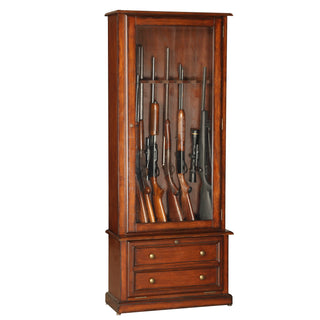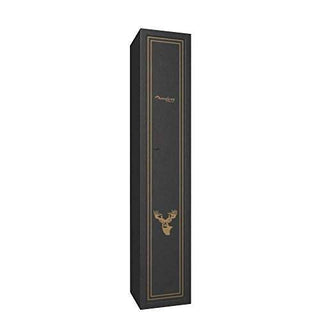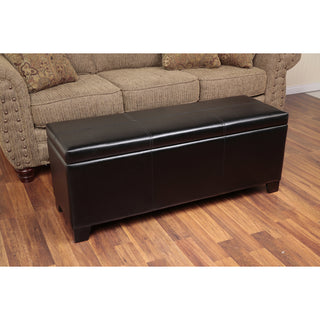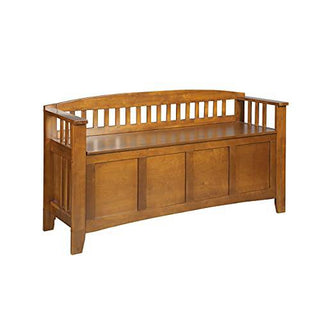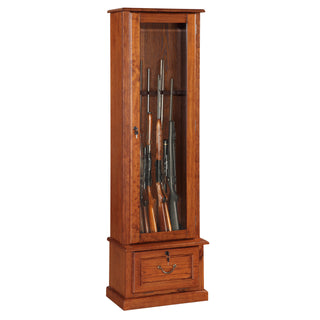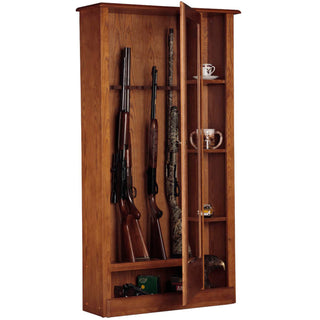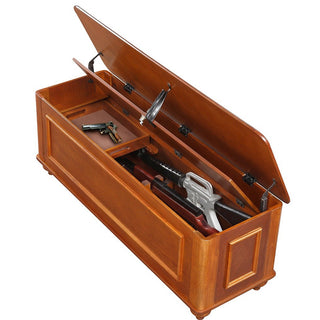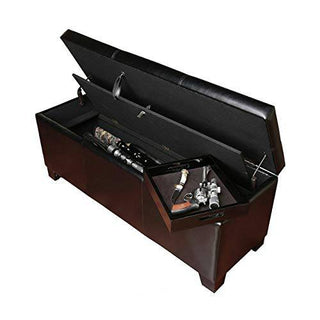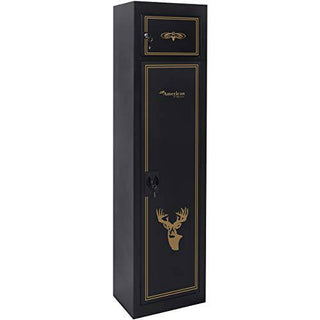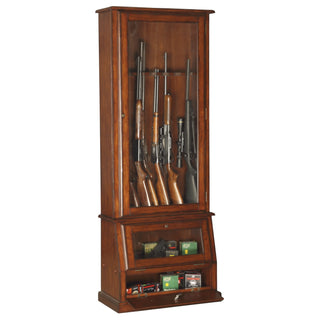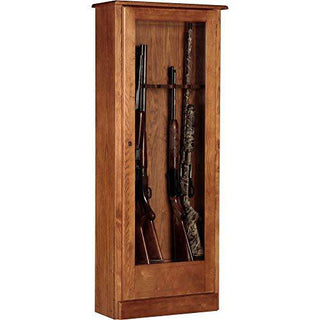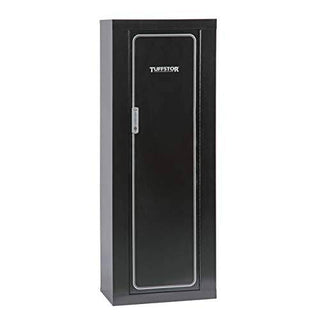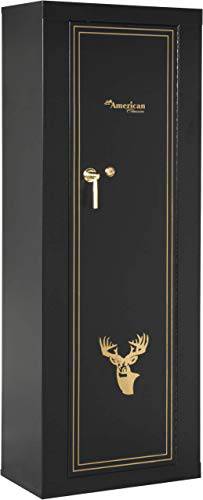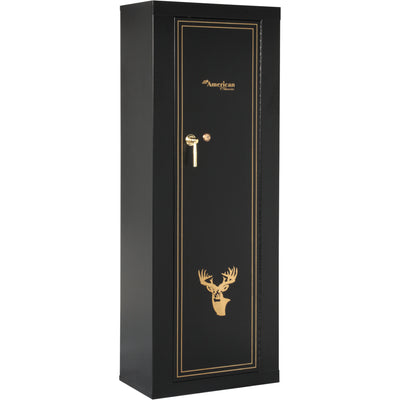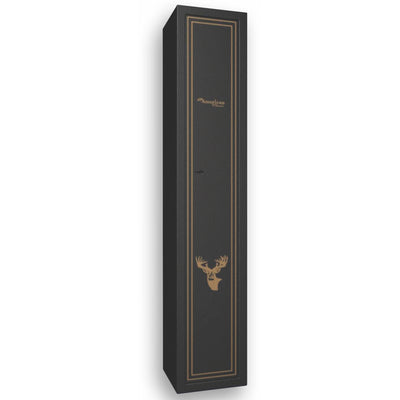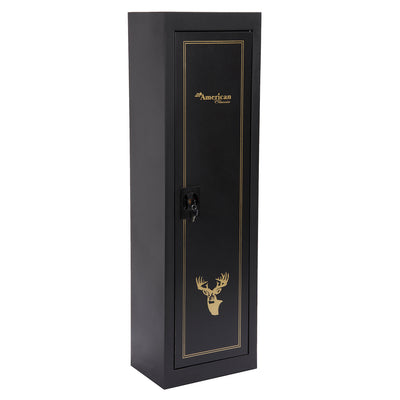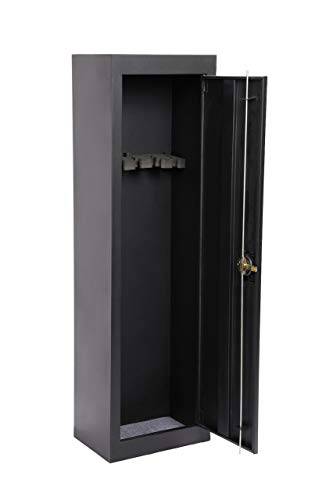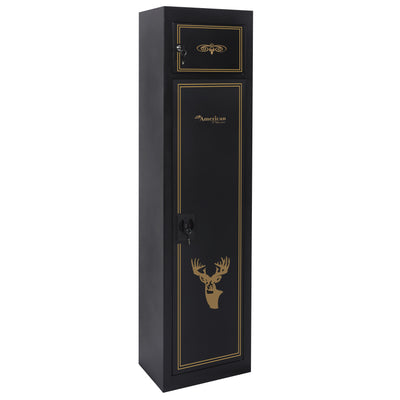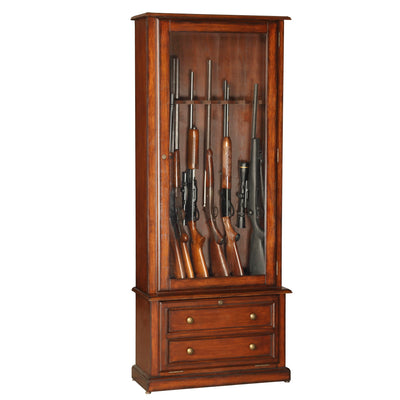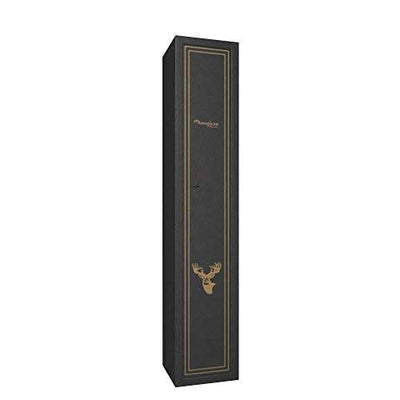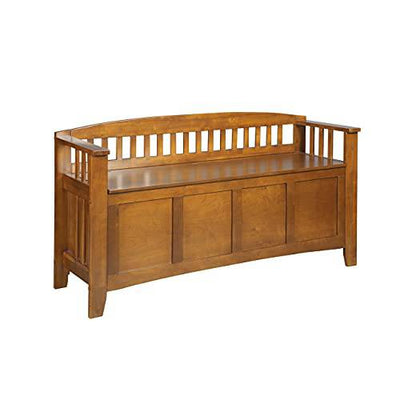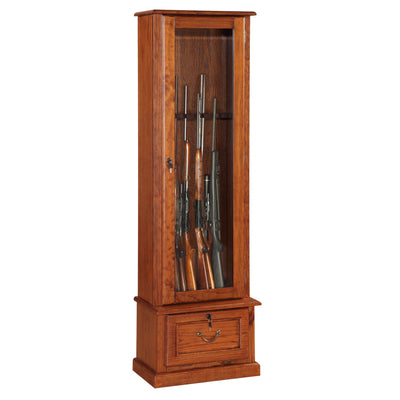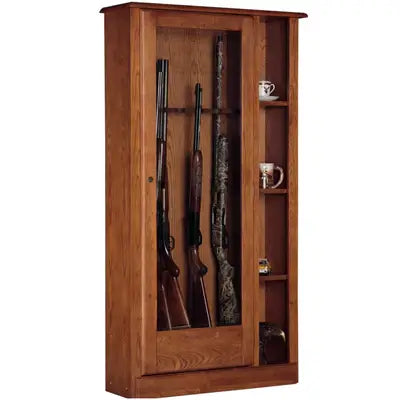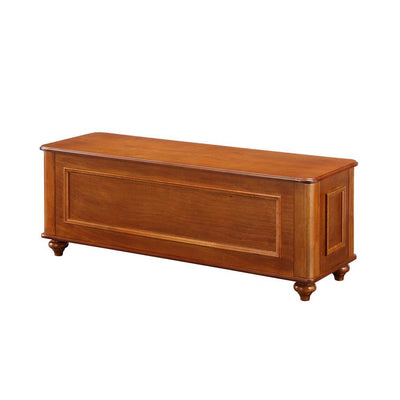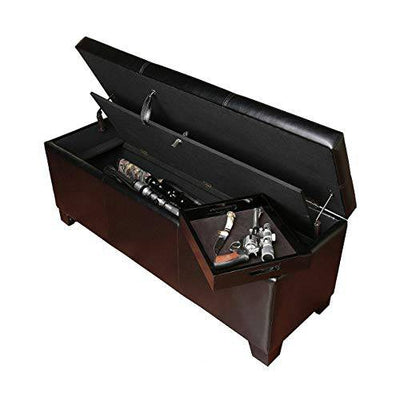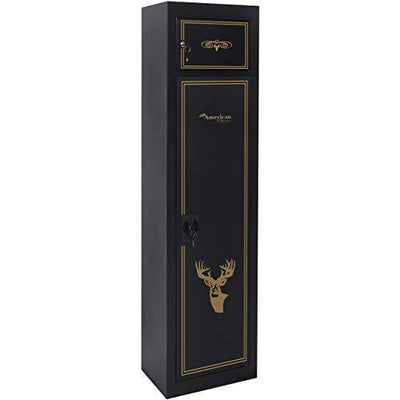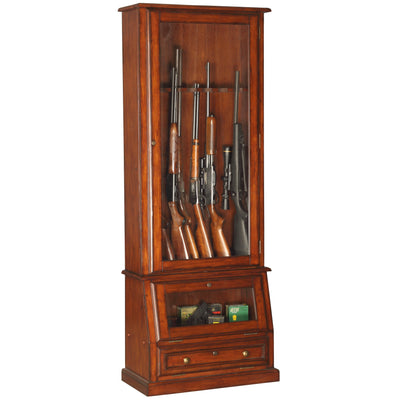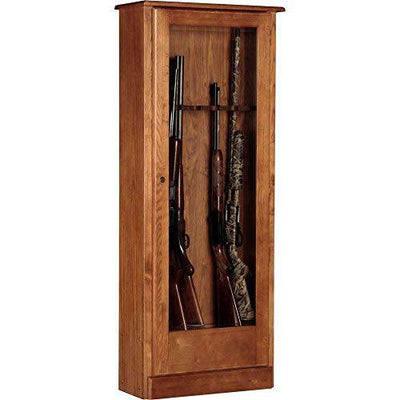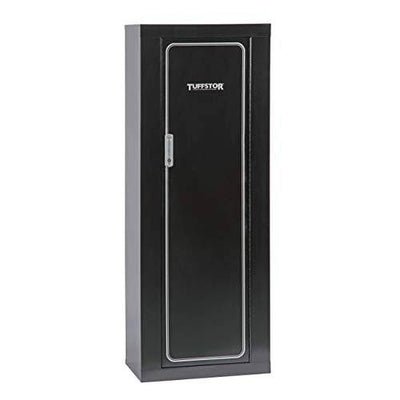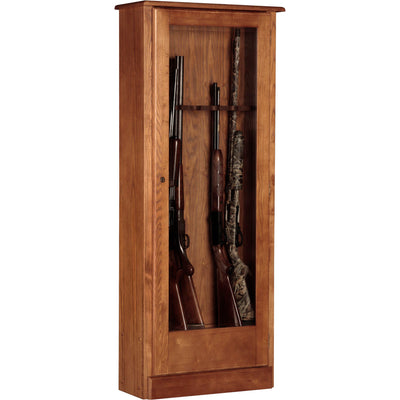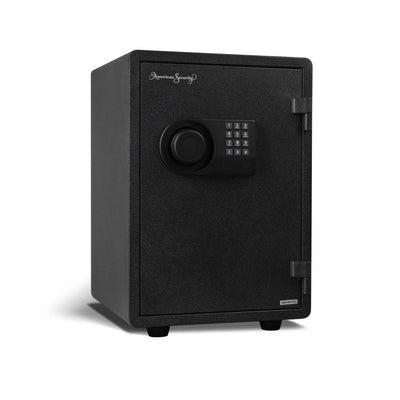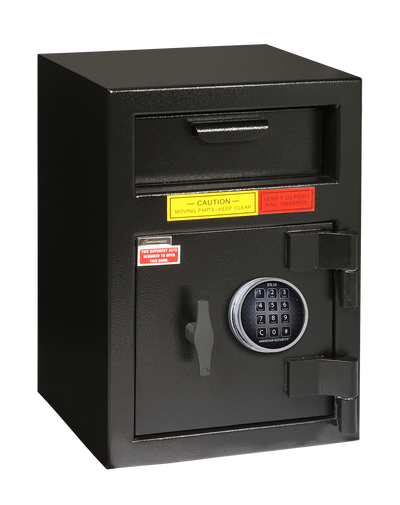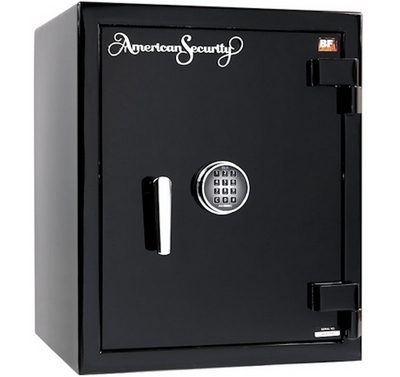
*This post contains affiliate links to products. We may receive a commission for purchases made through these links, but it never influences our product selection process.
Table of Contents
- Introduction
- What Does Grain Mean in Ammo?
- Why Is Bullet Grain Important?
- Other 9 Terms About Ammo Every Gun Owner Needs to Know
- Final Thoughts
- Recap
Introduction
What do bullet weight and grain mean in ammo, and why does it matter? Bullet grains measure the weight of a bullet, affecting its trajectory, accuracy, speed, and recoil.
Typically, bullets are weighed in grains. For context, a sheet of paper weighs around 77 grains, and a single 9mm bullet weighs about as much as two sheets of paper. Heavier bullets are more affected by gravity but hit targets with more force. Light bullets are faster and more stable but may have a weaker impact. Your choice between heavy or light bullets depends on your intended use.
However, there is more to the definition. Here's what you need to know:
What Does Grain Mean in Ammo?

In ammo, grain (gr) refers to the weight of the cartridge’s projectile. Although that may seem like a mouthful, it is simply a term used for the metal piece fired from a gun (it doesn’t include the casing).
Grain weight shows how much the bullet fired from the gun will weigh. Measured in grains, bullet weight will eventually determine how you use that gun or which gun you purchase.
Since one grain is the smallest unit of weight in the US, it can be challenging to understand. There are about 437.5 grains in an ounce. Consider that a typical 9mm bullet, measured in grains, weighs between 115 and 148 gr.
Here’s an example: a paperclip weighs 15.4324 grains. Assuming our 9mm bullet weighs around 148 gr, it may be equivalent to 9-10 paper clips! That doesn’t sound too heavy.
Simply put, a heavy bullet will be much slower than a light bullet. Bullet weights usually matter when it comes to both long-range shooting and close-up self-defense rounds. For beginners, less recoil is preferred as the alternate is difficult to master. A lighter projectile might not achieve this effect as the extra gunpowder addition for the intended target may increase recoil.
Why Is Bullet Grain Important?
What does grain mean in ammo, and why is it important? Since bullets are measured in grains, it is essential to understand this unit of measurement.
A lighter bullet will feel a lot different compared to heavier bullets. It will have a flatter trajectory, the recoil will be different, and the precision will also be affected. The bullet weight impacts how your ammunition performs and whether it covers long distances.
A higher-grain bullet has a different recoil than a lighter one. Lighter bullets require more speed to penetrate the target. On the other hand, heavier bullets don’t. Bullet weights matter because lighter-grain bullets will eventually need to be loaded with more powder to have a more significant impact. This leads to more kick. However, a lighter bullet will travel faster and more precisely in longer distances.
Bullets can come in many different weights and be affected by various factors. Heavier rounds resulting from a heavier cartridge aren’t necessarily a bad thing. Similarly, lighter-weight bullets also have their pros.
- Use higher-grain ammo for precision shooting and lighter bullets to cover a longer distance.
- Know the weight of your bullets to avoid collateral damage.
- Every action has an equal and opposite reaction (Newton’s Law), so remember to choose your bullet weight accordingly if you want less recoil.
Other 9 Terms About Ammo Every Gun Owner Needs to Know
Grain bullets aren’t the only important term for gun owners. A beginner gun owner should also be aware of factors other than the bullet weight to become a firearms expert:
Powder
Gunpowder, often called black powder, is created from a mixture of potassium nitrate, sulfur, and charcoal. When a bullet is fired, it burns quickly, leading to a reaction and creating hot gas. The more power you need, the more gunpowder required. More powder will result in a more significant impact and explosion upon contact. However, this also affects bullet weight.
Full Metal Jacket (FMJ)
A Full Metal Jacket is a type of bullet fully encased in a metal jacket. This bullet is usually used in smaller arms with a soft core covered with an outer metallic shell. The jacket can be made of many different kinds of hard metal.
With an FMJ, higher muzzle velocities are possible. In this case, the damage to the bores is also limited as the core materials do not affect the armor.
Hollow Point (HP)
A hollow point bullet is usually one that will expand upon impact. This requires less gunpowder as it doesn’t need to penetrate as much to administer a lethal hit.
A hollow point bullet is usually utilized in places where complete penetration may cause damage to the surroundings. This includes airplanes where bullets could penetrate the aircraft and compromise air pressure.
Hollow point bullets have a larger meplat, so they are much more accurate than others, which may lose accuracy due to the external environment.
Nose
The shape of a bullet’s nose has a lot of effects on handling the gun. Round nose bullets, for example, are much longer and have a nose that is half the bullet diameter. The nose may not affect bullet weight, but it is certainly important.
Pointed nose bullets or spitzer bullets are much sharper at the nose, while conical bullets have a cone shape at the end. The different types of noses eventually affect how fast the bullet moves, its maximum accuracy, muzzle energy, and how it penetrates.
Case
The case of the bullet, also known as the shell casing, is a built-in cartridge in the firearm. This cartridge usually holds the bullet, powder, and primer together. It makes delivering the bullet with all important components much easier in one hit with less need to empty the entire round.
Meplat
The Meplat is the part of the nose of the bullet where the tip gets flatter or opens up. This dramatically affects the ballistics (how the bullet moves through the air and penetrates), as the better the design, the easier it is for the bullet to move through the air.
The Meplat may affect the terminal ballistics, a term you must understand to become a professional shooter. Terminal ballistics is the impact of a bullet on the target and how it travels within the target. The more optimized the Meplat, the better the bullet will travel.
Primer
The primer in firearms is either a chemical or a device that propels the bullet out of the gun and pushes it to the target. Usually, the firing pin strikes the cartridge and allows the primer to propel the bullet out. An effective primer allows the bullets to shoot out of the muzzle of the gun at a much faster rate.
Ballistic Coefficient
The Ballistic Coefficient (BC) greatly impacts the bullet and how it travels through the air. It measures how resistant the bullet is to the air once fired. So, the higher the BC, the lesser the drop and wind deflection for a bullet. Thus, a higher BC is excellent news.
Increased bullet weight due to a higher bullet grain may also affect the ballistic coefficient. In target shooting, these concepts are of the utmost importance.
Open Tip Match (OPTM)
An open tip match, also known as the OTM, classifies ammunition used for competition. It is whereby the lead is poured at the nose instead of the bullet's base. OTM bullets are much preferred for shooting competitions and long-range rifle shooting as the open tip allows for the consistent weight of the bullet. It is also easier to produce.
Here are some shooting tips to note:
- Understand the recommended twist rate for your gun and check if the ammo follows it.
- If you are participating in specialized shooting for unique ranges, ensure you opt for specialty rounds.
- If you are practicing amongst many shooters, ensure you keep the safety on to avoid accidents.
- Choose rounds carefully, especially when engaging in self-defense, as you may not have unlimited options.
- Consider barrel length when determining which ammo to pair with your gun.
- Get an ammo box to increase the longevity and safety of your ammo.
Final Thoughts
Now that you know the answer to “What does grain mean in ammo?” and understand all the terms required, along with the importance of ammunition weight, it is time to get to that shooting range and begin practicing. Until you practice, you may not understand which gun suits you better.
Remember, ammo weight, along with many of the other factors listed above, all have a significant impact on a bullet’s performance. Thus, ammunition should be bought wisely. Any common misconception about bullet performance should be nipped in the bud, and stopping power should always be considered.
Other factors may also have an impact, and the list of important terms does not end here. The barrel length, muzzle velocity, and felt recoil also make a difference.
Recap
|
Factor |
Higher Grain Ammo |
Lower Grain Ammo |
|
Bullet |
Higher-grain ammo uses a heavier bullet. |
Lower grain ammunition doesn’t use a heavier bullet, unlike higher grain ammo. |
|
Mass |
Higher-grain ammo has more mass. More mass means that it is not ideal for long distances. |
Lower-grain ammo has a higher velocity. However, when more gunpowder is added for higher impact, it may have the same velocity as higher-grain ammo. |
|
Energy |
Higher-grain ammo has more energy upon impact. |
Lower-grain ammo does not have more energy when impacting a target. |
|
Recoil |
Higher-grain ammunition has a greater recoil due to more mass. |
Lower-grain ammo does not have as much of a recoil as higher-grain ammo. |
|
Purpose |
Higher-grain ammo is used for hunting larger targets. |
Lighter grain ammo has lesser felt recoil, allowing it to be used for situations requiring quicker reaction, such as self-defense. |
|
Performance |
Higher grain ammunition delivers greater penetration and energy transfer. |
Lower grain ammo delivers a better muzzle velocity. |
|
Drop |
A heavier bullet has more bullet drop and a curved trajectory. |
Lower grain ammo has a flatter trajectory and less bullet drop as it is less subjected to the opposite reaction law. |









